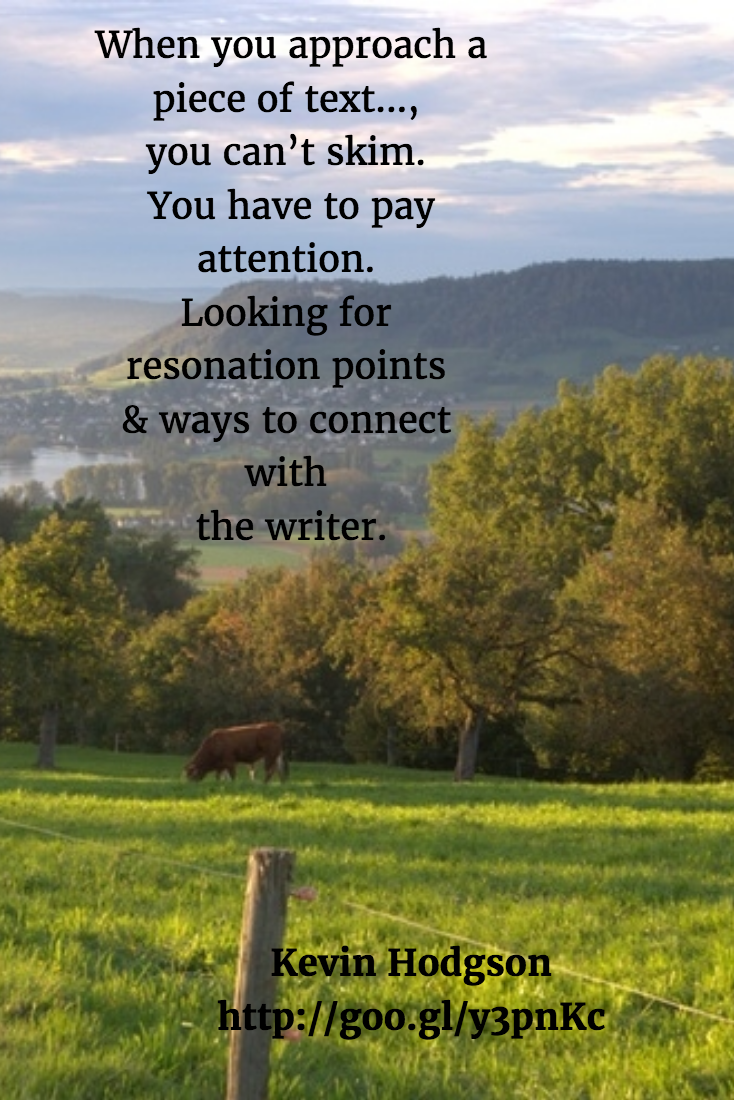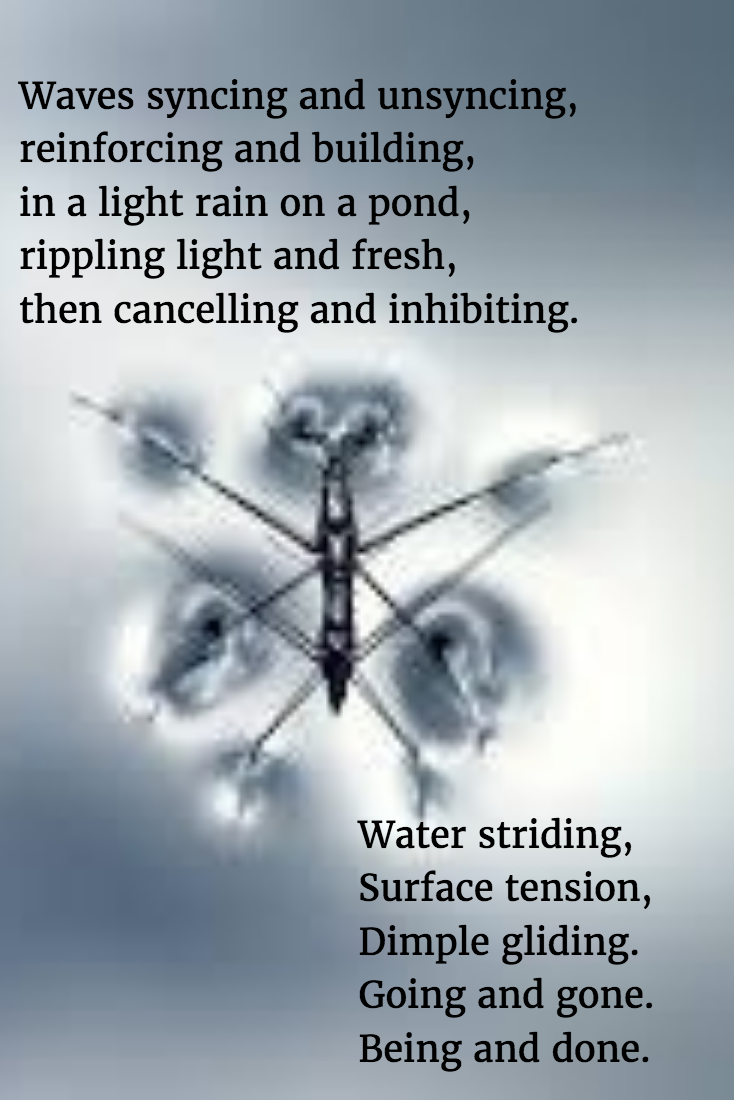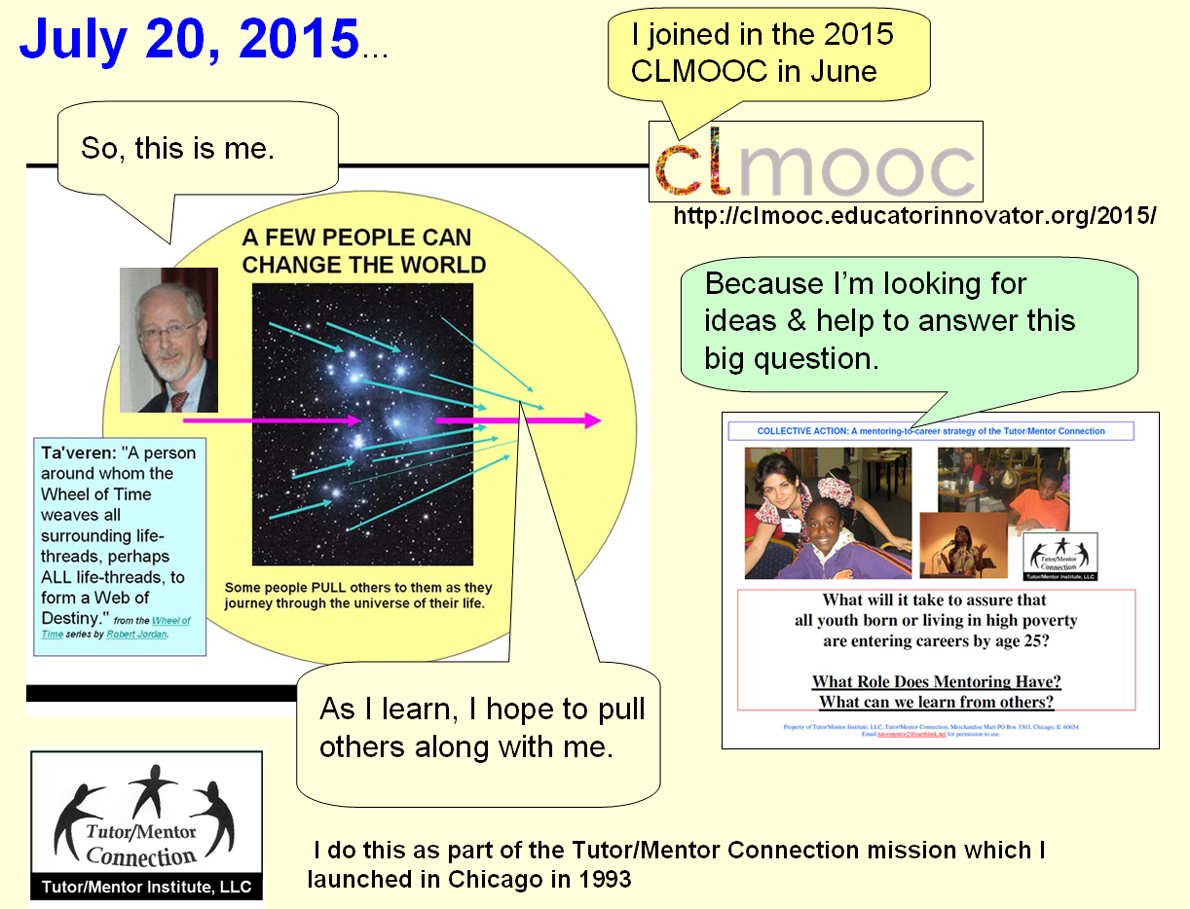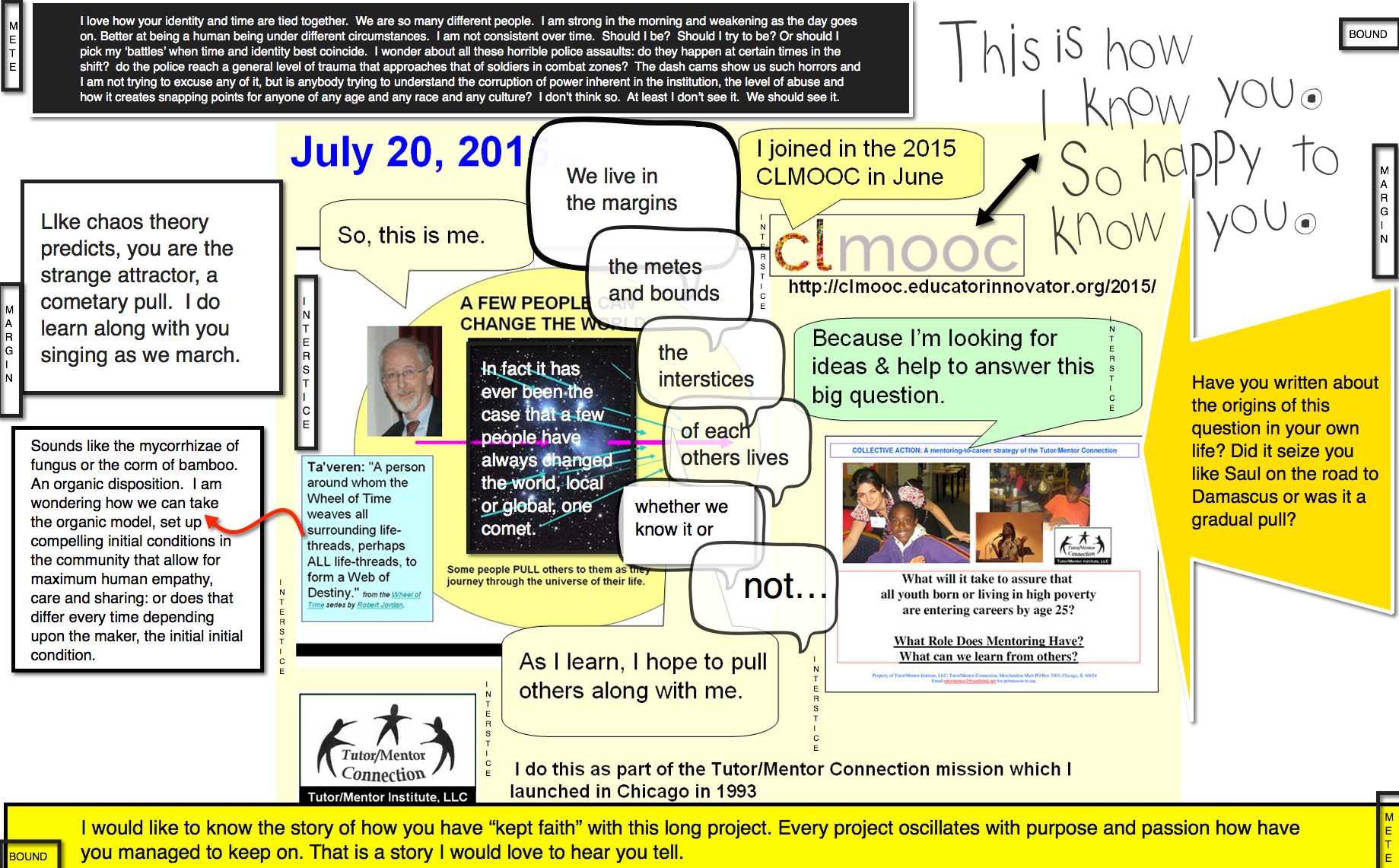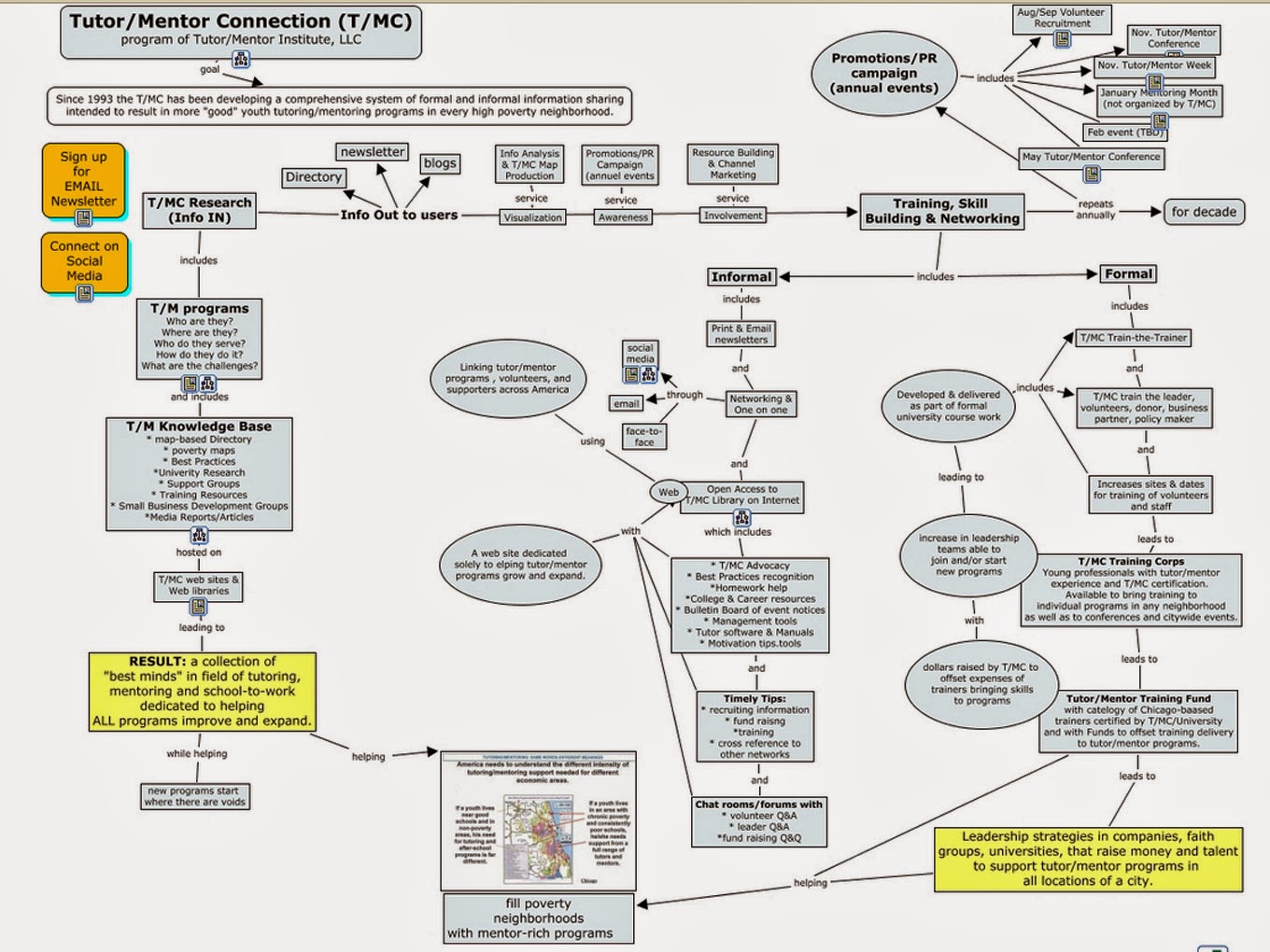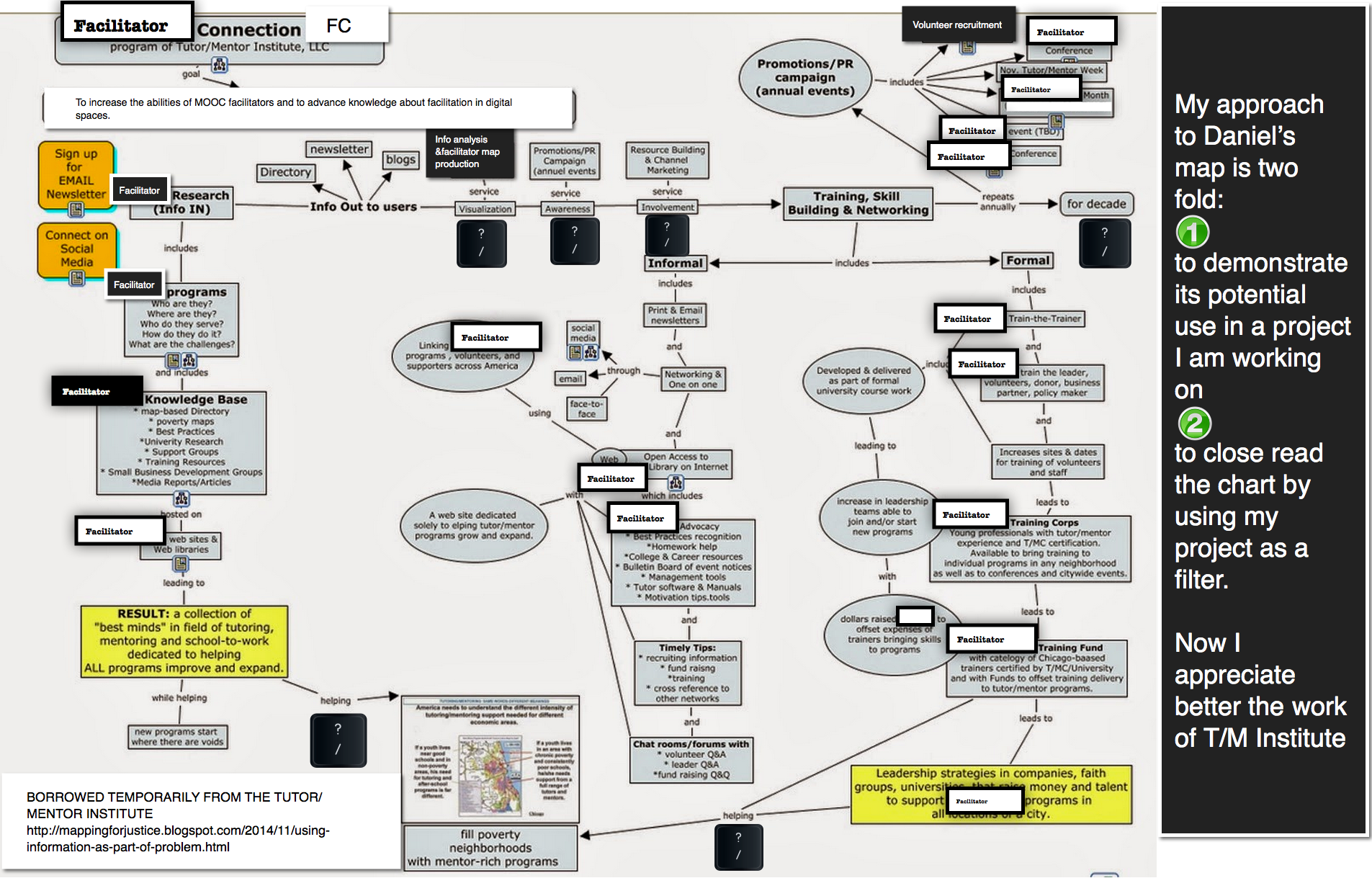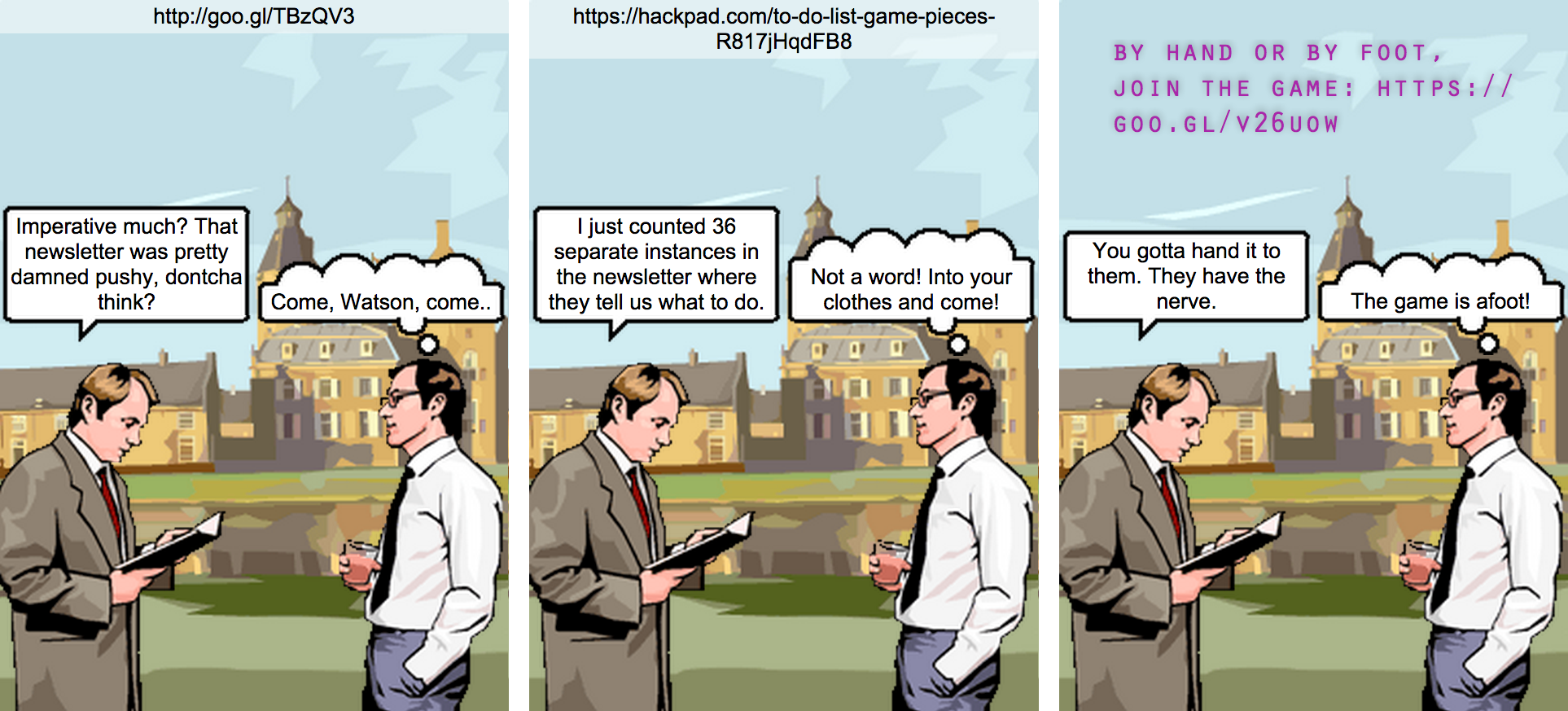Introduction
What follows is the product of Kris Shaffer‘s Hypothes.is Aggregator. Find more info here on how it works and how to install on your WordPress blog. I annotated a recent Audrey Watters post about the history and hyperbole surrounding Virtual Reality hardware and software.
It’s a bit of a mess on my end at this stage, but what you are seeing is Shaffer’s plug-in gathering all of the annotations with “VRedhype” tags. If you are like me, when you are working in the margins you don’t take time to tag. Well…time to unlearn the old and learn the new. Advice to self: tag this stuff.
The next question is simply, “How do I curate this mess and, inevitably, why bother? Next, wouldn’t it be fine to get some playful response from the author? Fourth, how do I integrate (or should I even bother) this into the centrifuge of knowledge that seems to spin ever on and ever faster? In the spirit of infinite play I can dismiss all of these questions and party on, but as a teacher who wants to share the wealth with my fellow learners…I gotta curate and share.
Part One
Here is what you get when you run this through the Hypothes.is Aggregator plug-in on this site.
[hypothesis]
[hypothesis tags = ‘VRedhype’]
Part Two
There is another way to aggregate my tag, “VRedhype”. Run it through Jon Udell’s machine instead. It retains more here and looks a bit like the Diigo Outliner. He explains more in his happily lucid post for Hypothes.is.
That version is below this text. It is considerably more coherent, but unlike Shaffer’s, there is more manual handling to be done, more friction. Now, Udell and Shaffer need to join forces and add Udell’s machine to Shaffer’s plug-in.
(Marketing) Virtual Reality in Education: A History 5
seen record-setting levels of venture capitalYes, a bubble. Wait for it. Wait for it. Just click your heels together and say to yourself, “Second Life, Second Life, Second Life.”
Horizon ReportsPrima facie evidence of the foolish practice of futurology. As Jesus said in The Big Leboski, “Laughable.”
we’re still two to three years out from widespread adoption of VR.I agree with N. Taleb that black swans are only retroactively predictable. I always predict that it will always be something else. I am always right.
Virtual simulations promise that learning experiences can be undertaken more safely (and sometimes more cost-effectively).I recall my most recent introduction to VR was one of the early NYT attempts. This one showed a food drop in Sudan. I really felt something new with that VR video. I felt empathy because I was surrounded (something I could see AND feel around me) by folks who were racing to get at the parachuting food palettes drifting down and landing. The point being that the experience was embodied. For some small percentage of people VR is incredibly embodied–they get very powerful motion sickness.
the erasure of embodimentI have no idea what this means. I need more context, more examples, more ’embodiment’.
Student Data, Algorithms, Ideology, and Identity-less-ness 3
ideology, inequality, and higher education, with a specific focus on for-profit education through the lens of race, class, and genderThat’s a lot spinning plates.
More importantly, more urgently, is this “trick” being hard-coded, hard-wired into the infrastructure of our schools?Of course, schools have ever been tools and it all depends on who has grabbed the handle. Well…who? Wanna get used? Go to school and be a tool.
Conclusion
So what do we do with these tools that improve upon how we seek, make sense of, and share the world around us?
That would be an ideal question to pursue in the comments and the margins.

